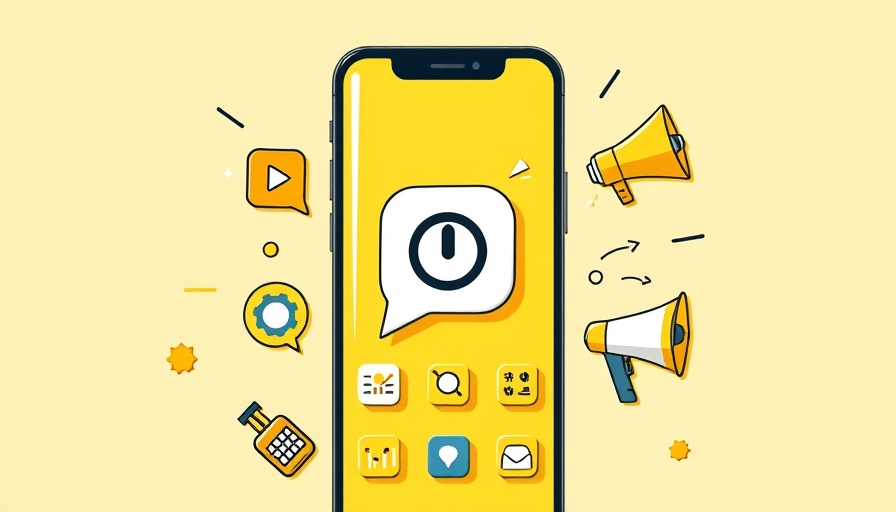
The Implications of Fair Use in AI Development
A recent court ruling involving Anthropic has sparked significant discussion surrounding the use of copyrighted materials in the training of AI systems. A federal judge has deemed that the use of copyrighted books for training its language model, Claude, constitutes fair use. This ruling, however, is not entirely clear-cut—it acknowledges that while training AI on legally acquired works is permissible, violating copyright by using pirated materials is not.
In 'Why Big Publishers Are Suing Big AI Companies Right Now,' the discussion dives into the emerging conflicts between AI companies and copyright law, exploring key insights that sparked deeper analysis on our end.
What is Fair Use?
According to the U.S. Copyright Office, fair use is a legal theory designed to promote freedom of expression by allowing limited use of copyrighted works under certain circumstances. The ruling's emphasis on transformative use, which requires that the new work adds substantial new meaning or value rather than merely replicating the original, plays a critical role in this case. It highlights the balance needed between innovation in AI and protecting the rights of content creators.
The Future of AI and Copyright Law
This ruling sets a crucial precedent although it may not definitively resolve all questions regarding AI-generated content. As the conversation about AI and copyright continues to develop, future lawsuits may hinge on this precedent, elaborating on the distinction between acceptable data use and copyright infringement. This evolution underscores the need for clear guidelines to navigate these turbulent waters.
Creators' Concerns and Rights
While the court's ruling offers a degree of clarity, it simultaneously opens new avenues for debate among creators and copyright holders. Many are concerned that the expanded allowances for AI training on copyrighted materials could lead to potential exploitation of their works—without adequate compensation. This sentiment underscores a broader ongoing clash between technological advancement and intellectual property rights.
Conclusion: The Path Ahead
As AI continues to thrive and evolve, keeping a close watch on legal developments surrounding fair use will be imperative for content creators and technologists alike. This balance will shape the landscape of AI and copyright law, ensuring that innovation does not come at the expense of creators' rights. Understanding these nuances will help stakeholders navigate this rapidly changing terrain.
 Add Row
Add Row  Add
Add 




Write A Comment